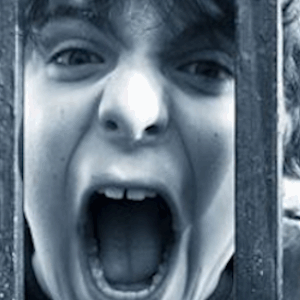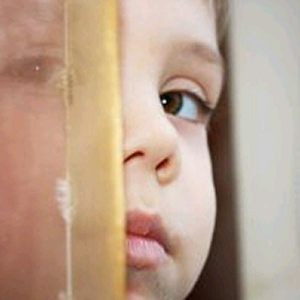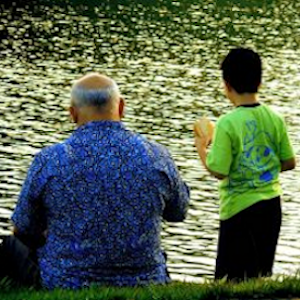Imagine being 18 and on your own, with no family and no support system. That’s the fate that faces many youth aging out of foster care. Many states, including New Jersey, have upped the age to 21. Here’s why:
 Transitional youth, youth in transition or youth aging out of foster care are all terms for a group of young adults in the United States who need special attention. After being in the foster care system due to neglect or abuse, these individuals now face another major challenge. Ms. Claudia Rowe of Crosscut.com wrote about a young woman named Lane, “She spent the three years from 18 to 21 trying, and failing, to find a foothold. She worked as a day laborer, dabbled with selling drugs then went back to couch-surfing. At 21, Lane won admittance to community college with a GED and full-ride scholarship, but soon dropped out, overwhelmed by the pressures of living on her own as an adult when she was, by most measures, still just a kid.” What if Lane had the opportunity for three additional years of support? Continue reading
Transitional youth, youth in transition or youth aging out of foster care are all terms for a group of young adults in the United States who need special attention. After being in the foster care system due to neglect or abuse, these individuals now face another major challenge. Ms. Claudia Rowe of Crosscut.com wrote about a young woman named Lane, “She spent the three years from 18 to 21 trying, and failing, to find a foothold. She worked as a day laborer, dabbled with selling drugs then went back to couch-surfing. At 21, Lane won admittance to community college with a GED and full-ride scholarship, but soon dropped out, overwhelmed by the pressures of living on her own as an adult when she was, by most measures, still just a kid.” What if Lane had the opportunity for three additional years of support? Continue reading





